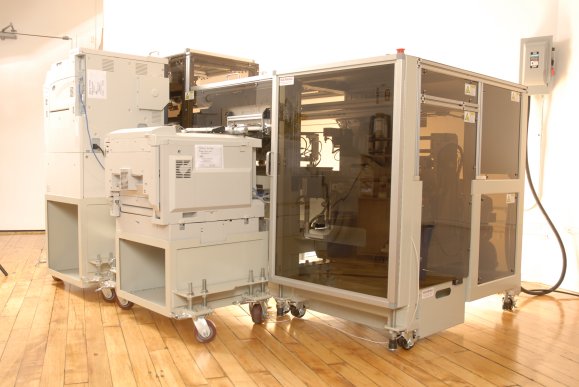
Throughout most of the centuries that manuscripts have been set in type and bound into books, the sequence of thoughts expressed above would have framed an immense impossibility. Books were far away and difficult to find. In the twentieth-century, the spread of libraries and corner book stores brought books closer to us, and by the 1940s drugstores and groceries began to offer racks of paperbacks. The system worked best in cities and towns, not so well in isolated rural communities. Even at its best, there remained many books that we might want, but couldn’t get except by seeking rare copies in second-hand bookstores or in university or national libraries, some of them located in far away countries.
Those days are rapidly disappearing. It is only a short walk of about two miles along Ann Arbor’s pleasant tree-lined streets from my house to where I can stand in front of a machine not much bigger than a coffee dispensing stand at a typical serve-yourself café, select the book that I have decided I want from a menu that gives millions of choices, pony up a small amount of money (at present, about a penny a page) and wait four minutes for the machine to spit out a perfect-bound paperback copy. My walk then from printing machine to Starbucks, Panera Bread, or another campus watering place is only a couple of blocks. There I can sit and read my new book over a cup of coffee and a toasted bagel with cream cheese that together will cost a bit more than the book, but not much more. I haven’t actually tried this yet, but the dream seems to have come to life with all the vitality and strange twists of Winsor McCay’s Dream of the Rarebit Fiend. It’s true that I can find a recent printing of McCay’s work on Amazon for $9.95, but then I have to wait a few days for delivery, and wouldn’t it be fun to have it in its original newspaper pages?
I’m not sure that the new technology can create a book from faded newsprint. Maybe it can. In any case, the developer of the machine promises that “Ultimately, the EBM will make it possible to distribute virtually every book ever published, in any language, anywhere on earth, as easily, quickly, and cheaply as e-mail.”
That developer is OnDemand books, a company whose brand names EBM 1.5 (at the University of Michigan), and EBM 2, can be found not only in Ann Arbor, but in other libraries and bookstores in New York City, Washington, D.C., New Orleans, San Francisco, Canada, Great Britain, Egypt, and Australia. The company promises that they will soon be everywhere. If so, they will present formidable challenges to the existing avenues of book publication and distribution. The latest version, the Espresso Book Machine, boasts a name that conveys the suggestion that when the machine arrives in your neighborhood you may not have to walk two blocks for your coffee.
The thousands of independent bookstores that once ranged across the American landscape are rapidly disappearing. Current estimates suggest that no more than fifty may be left, and these numbers are dwindling. Chains like Borders and Barnes & Noble, after helping to put independent stores out of business by moving from shopping malls to street corners, now struggle to sustain their own businesses. Borders in New Orleans has begun to advertise “Personal Publishing Powered by Lulu.com,” while Barnes & Noble is looking into e-books. Both initiatives seem a long way from competing in the marketplace with the millions of books that can be downloaded and printed by OnDemand Books. Let’s look at the other side, moving from book buyer to book writer.
“I’m a writer, I have just finished writing a book, and I want it distributed now.”
This, too, was for many centuries a desire impossible of fulfillment, but it is beginning to seem less and less like another mad fantasy of the Rarebit Fiend. If we assume that you possess the ability to write and format a book on a computer, innumerable Print on Demand houses already stand eager to print and bind your work. They are not instantaneous, but are getting closer. A few months, a few weeks, a few days—what services do you want? And how long are you prepared to wait for them?
Consider the Espresso Machine again. The promise of OnDemand Books that the machine will soon be everywhere seems a dream that is likely soon to become a material reality. And here’s an interesting twist. Instead of selecting another writer’s book from the millions in the Espresso Machine’s vast digital memory, what if you could find your own book there (many books in copyright are being included), select the title, and then wait while the cogs turn, the pages are printed, collated, and bound, and the book issues forth in a size that you have designated, and the colored cover you have chosen? Would it still cost only penny a page? Perhaps not, because there must be some provision for payment for the right to reprint, but while we are dreaming, why not dream one step further?
What if you could take the manuscript that you finished just today and walk down to the corner to upload it from your computer into the Espresso Machine? In this case, because the book will not lie within the memory of the machine, there will be a one-time set-up charge, of, it has been suggested, about ninety-five dollars a book, and the price per page will jump to about nine cents instead of a penny. The math from here is easy. Do you want 100 copies of your book? That works out to 95 cents for each copy, and 9 cents a page for printing and binding, bringing each copy of your 250 page book into your hands for $23.45, a bit steep for an off the rack paperback, but this book is yours, it is brand new, and you possess a hundred copies of it on the same day that you completed writing it. But you forgot one thing.
“I want it distributed now.”
Ah, there’s the rub. It’s easy to forget that distribution, even to friends and relatives, is not instantaneous. You will need to undertake the bother and cost of packing and mailing to many people, some of whom may never open the covers or read beyond the first few pages.
What you meant to say is “I want it intelligently marketed and widely distributed to reviewers and other book lovers who will recognize its value and applaud the efforts of the author.” In our rapidly changing digital world, where both readers and writers move further and further toward instant gratification, this long-standing desire seems less and less likely to be fulfilled. You can print and bind the book. Marketing and distribution are wholly different issues.
Get an Editorial Review | Get Amazon Sales & Reviews | Get Edited | Get Beta Readers | Enter the SPR Book Awards | Other Marketing Services









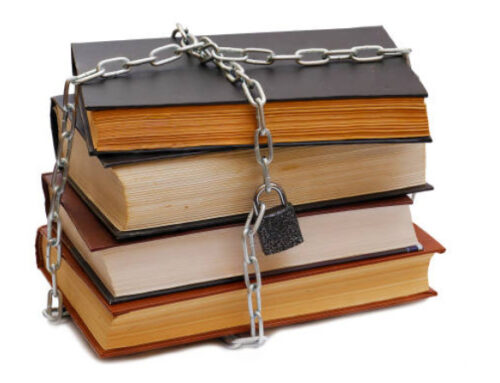
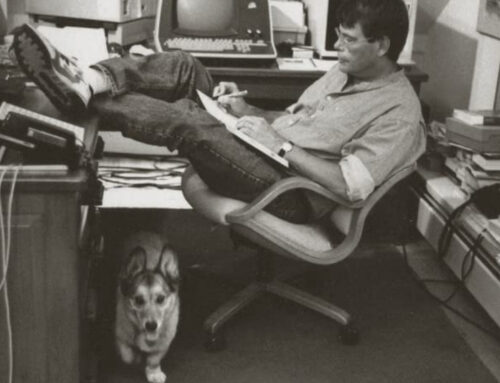


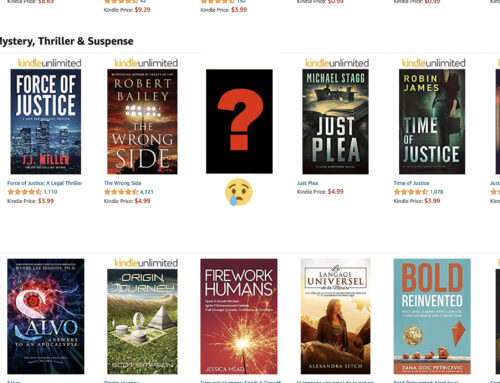
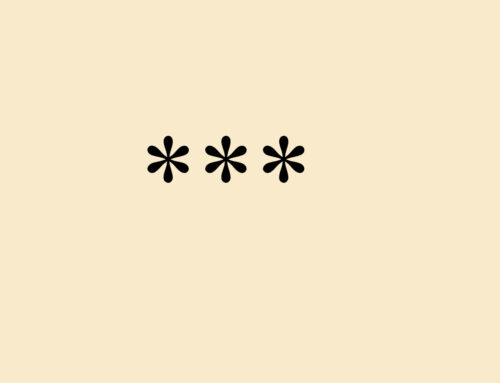
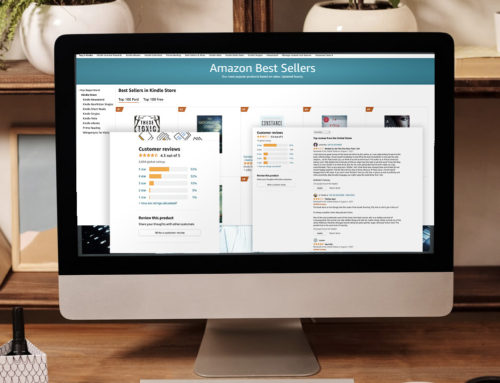





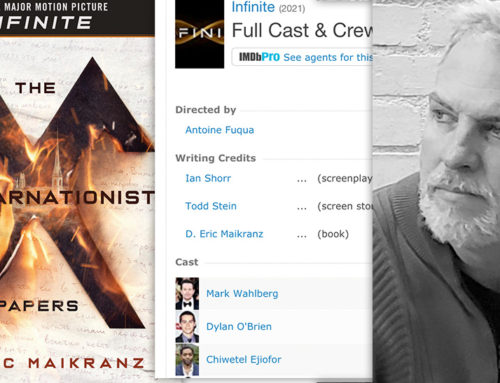
There are about !,700 independent bookstores still operating in the USA. That’s more than twice as many as Barnes & Noble branches. Recent closures of some high profile ones with long histories have caused much needless fear on this topic. Mostly those stores closed because the rent went up or the owners retired. There are about a dozen regional associations with membership lists online and the site for The American Booksellers Assn where you can check this out.